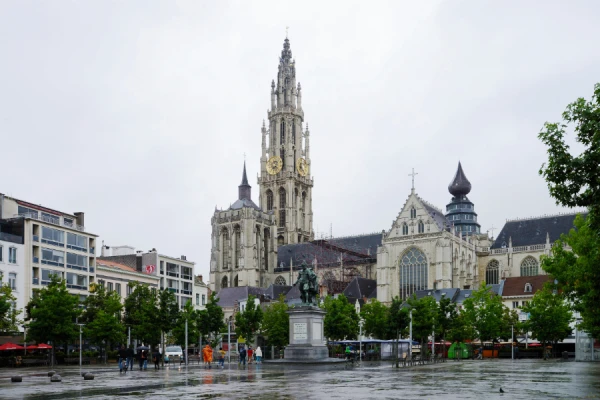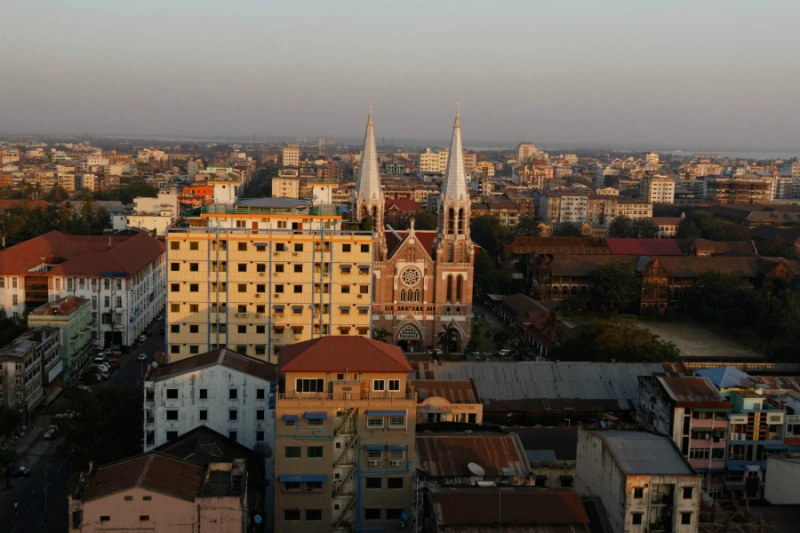
CNA Staff, Dec 1, 2020 / 07:00 am (CNA).- Belgium’s Catholic bishops called Tuesday for dialogue with the government after it decreed that public Masses would remain suspended until Jan. 15, 2021.
Following a ministerial decree Nov. 29, the country’s approximately 6.5 million Catholics will be obliged to celebrate Christmas at home.
In a Dec. 1 press statement, the bishops acknowledged the need for measures to counter the coronavirus pandemic, saving lives and relieving pressure on the nation’s healthcare system.
“However, the bishops, like many believers, feel this lockdown of public religious celebrations in churches as a limitation to the experience of their faith,” they said.
“The bishops want to resume dialogue with the competent governmental services to consult on the resumption of public religious celebrations, a resumption framed by protocols that guarantee maximum security.”
Belgium, a country of 11.5 million people bordering France, Germany, Luxembourg and the Netherlands, is widely reported to have the world’s highest COVID-19 death rate. More than 577,000 people have tested positive for coronavirus and 16,645 have died in Belgium as of Dec. 1, according to the Johns Hopkins Coronavirus Resource Center.
The Church initially suspended public Masses in March as the country entered its first national lockdown. Churches remained open for individual prayers, as well as baptisms, marriages, and funerals with strictly limited numbers.
Public worship resumed in June, but was suspended once again on Nov. 2 amid a second national lockdown following a new spike in coronavirus cases.
In their statement Tuesday, Belgium’s bishops urged priests to keep churches open for private prayer for as long as possible in December and January.
“They also ask those responsible for parishes to allow a visit to the crib in the church over the days of Christmas, in compliance with the protection measures against COVID-19. And in particular, to be in solidarity with those who are going through a particularly difficult period, following the current crisis,” the statement said.
“Even in lockdown, let us remain in communion.”
If you value the news and views Catholic World Report provides, please consider donating to support our efforts. Your contribution will help us continue to make CWR available to all readers worldwide for free, without a subscription. Thank you for your generosity!
Click here for more information on donating to CWR. Click here to sign up for our newsletter.






These prohibitions by governments are diabolical. It’s no coincidence that Catholics worldwide were unable to have Masses on Easter, and now Christmas.
The government doesn’t want “dialogue”. It wants obedience and action. This is what the Church used to insist upon too before Vatican II. First, Easter and now Christmas are suppressed, with the Church’s cooperation . Who is going to appear in January 15, 2121 for Mass?